Letting the Water Flow in the San Joaquin
The San Joaquin River has been over-tapped, and the time has come for a new management regime.
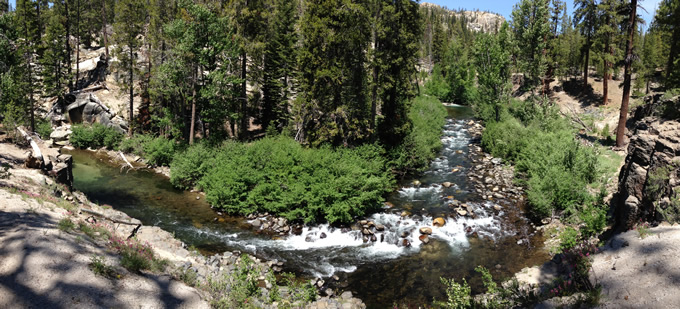
This post by American Rivers’ Director of Conservation for California Flood Management, John Cain, is a part of our America’s Most Endangered Rivers® series spotlighting the San Joaquin River.
The San Joaquin River and its three principle tributaries– the Stanislaus, Tuolumne, and Merced– are some of the hardest working rivers in the world. In most years, 80 percent of their total flow is diverted for agriculture.
Portions of the San Joaquin mainstem have been dry for most of the last 50 years. As a result, the steelhead trout and Chinook salmon populations that thrived in these rivers for millennia are now on the verge of extinction. California’s commercial and recreational fishing industry has declined as water diversions have increased. In 2008 and 2009, the fishery decline was so severe that the Pacific Fisheries Management Council totally closed the salmon fishery.
After Friant Dam increased diversions in the 1950’s, the pacific salmon catch of the Central California coast declined precipitously. The historic fish processing industry depicted in John Steinbeck’s Cannery Row on Monterey Bay shuttered its doors. Today, the historic Cannery Row is the site of the Monterey Bay Aquarium, whose mission is to inspire ocean conservation. The decline of the Pacific salmon fishery exemplifies the interconnection between our rivers, estuaries, oceans, and human influence.
However, this isn’t a simple fish vs. farmers story. Water diversions for agriculture in the upper reaches of these rivers reduce the quantity and quality of water for downstream cities and farmers. Earlier this year, we shared the story of Walt Shubin, a farmer on the San Joaquin whose water supply has been harmed by the government’s decision to turn-off the San Joaquin River more than a century ago. Downstream in the San Joaquin Delta, excessive salts in the degraded river make it more difficult for Delta farmers to successfully grow crops. But this is only part of the story. The Sacramento-San Joaquin Delta also provides drinking water for over 23 million Californians. Poor water quality in the Delta harms farmers, drinking water, and fishermen.
American Rivers is working with partners across the watershed to restore flows and habitat to the San Joaquin River and its three tributaries. For several years, we have worked to persuade the California State Water Resources Control Board to increase flows to the river, and now the Board is scheduled to make a final decision in early 2017. The Board oversees water rights in the State of California; it is responsible for conditioning those rights in a manner that complies with the federal Clean Water Act and protects rivers for the benefit of all Californians.
Earlier this year, the Board released a draft decision that would require upstream dam operators to release significantly more water back to the river to protect fisheries, downstream farmers, drinking water, and other beneficial uses. Not surprisingly, the political pressure on the Board is intense. That’s why American Rivers needs your help to speak for the rivers.

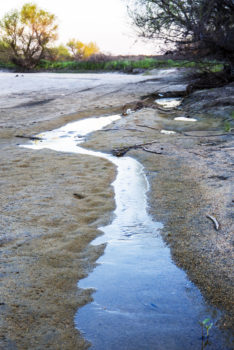
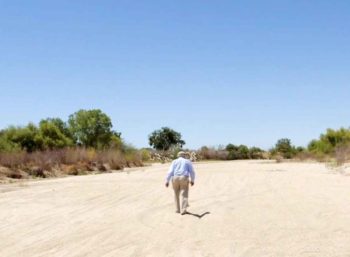
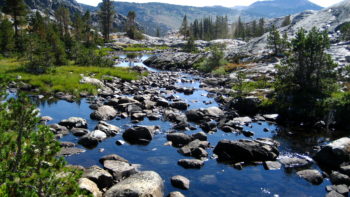

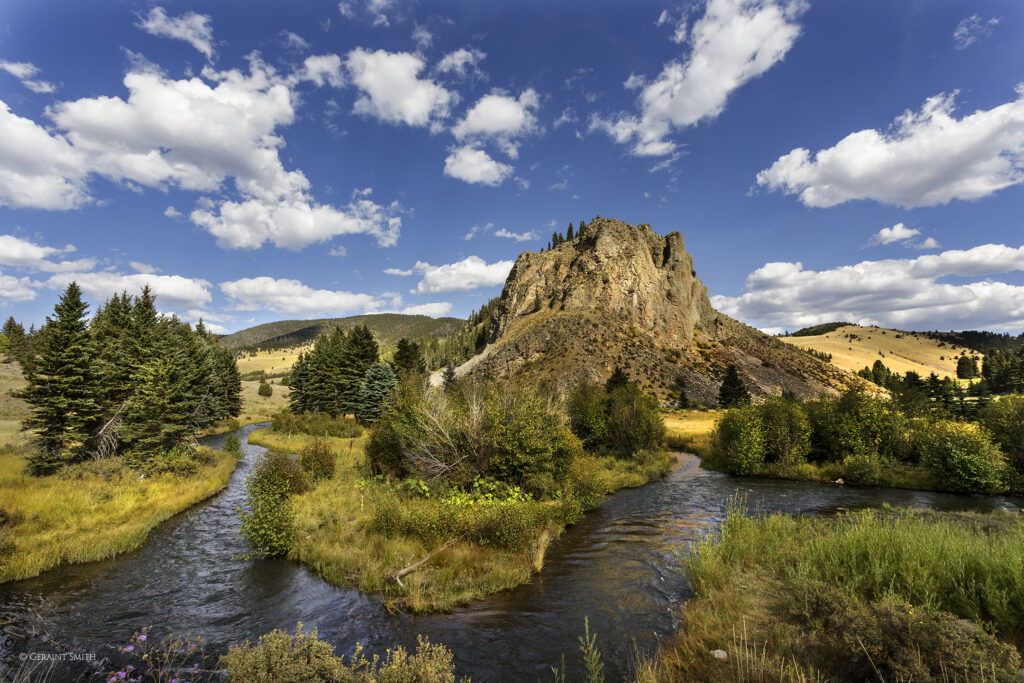
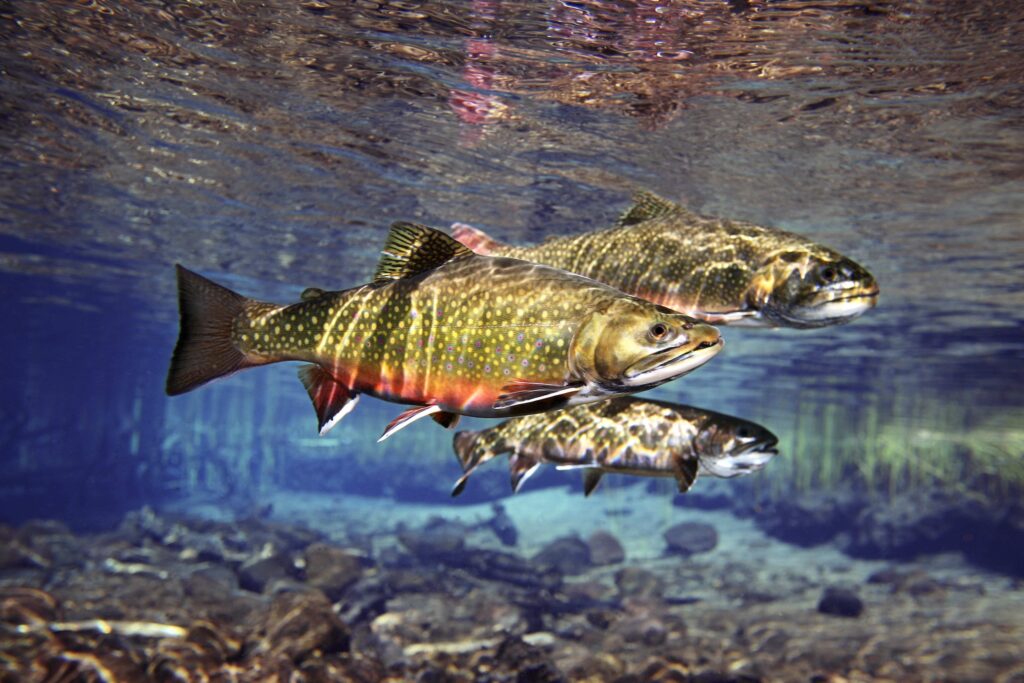
4 responses to “Letting the Water Flow in the San Joaquin”
You are mostly quoting water volumes for other rivers in your reply. This article refers specifically to the San Joaquin River. The 80% in most years’ figure for flow diverted for agriculture is correct. So is the commentary on lives altered, downstream farms and communities shortchanged, and industries destroyed. That all came at a price that cannot fully be calculated, yet was real and devastating to all affected. Plenty to think about as we grow older, observe the results of our takings, and begin to see the paltry legacy of a once splendid valley of life and beauty lost to our children and grandchildren.
The CA Water Resources Board can not put water into the streams and rivers. It comes from rain & snow melt. The CWRB estimates that about 195 Million AC ft of water comes into CA on normal years. Of that 8.9 Mil AC ft is used for domestic use. This includes drinking water, water for washing (people, cars, boats), watering lawns,filling swimming pools, and everything else humans use in every day life for 40 million of us. Agriculture uses about 45 mil ac ft. And 26 mil ac ft of water goes out to the ocean under the Golden Gate Bridge. I certainly agree that we need better water management. We in CA have been in a 4 year drought cycle, yet during a storm in Dec 2015 water managers for Shasta Dam, which was at only 35% capacity, released 40 thousand CU FT/sec, which put the Sacramento river between the dam and Redding CA at 5ft over flood stage. This is just one example of poor management. Another was when New Melones Dam managers released 20 thousand ac ft of water to flush 29 steelhead down the Stanislaes river at an estimated cost of $50,000, not to mention 20,000 AC ft of water. For that price they could have a stretch limo ride to the ocean. Yes, we need better water management.
[…] Letting the water flow in the San Joaquin: John Cain writes, “The San Joaquin River and its three principle tributaries– the Stanislaus, Tuolumne, and Merced– are some of the hardest working rivers in the world. In most years, 80 percent of their total flow is diverted for agriculture. Portions of the San Joaquin mainstem have been dry for most of the last 50 years. As a result, the steelhead trout and Chinook salmon populations that thrived in these rivers for millennia are now on the verge of extinction. California’s commercial and recreational fishing industry has declined as water diversions have increased. In 2008 and 2009, the fishery decline was so severe that the Pacific Fisheries Management Council totally closed the salmon fishery. … ” Read more from the American Rivers blog here: Letting the water flow in the San Joaquin […]
I’m not a California resident, but I was on the South Fork of the Merced, a San Joaquin River tributary, last month, catching rainbow trout. I fish California frequently. Fishing in California attracts me, my family, my friends, and our money to San Diego for yellowtail and shark, to the north coast for steelhead and salmon, and to the high Sierra Nevada for golden trout. It would attract us to the San Joachin Valley as well, if there was water in the river for salmon. Imagine what a recreational boon it would be if the runs of chinook and steelhead that historically ran up the San Joaquin could run again. Please help put water back into the San Joachin.